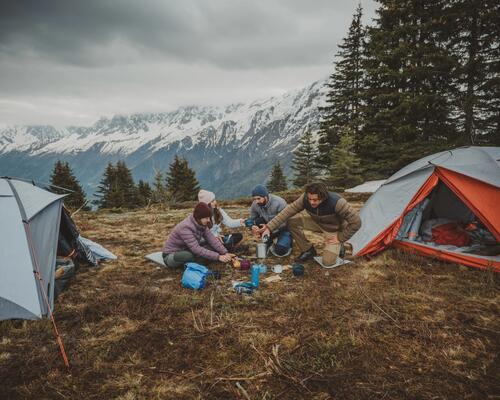When you choose a hiking pole, take a look at the material used to make the handle. Plastic is a good bargain and is very rigid. It is fine for occasional to regular use, being fairly heavy and affording less than optimum comfort if your hands get sweaty. Foam is softer, as is cork. These are suitable materials if you hike regularly or intensively. These models absorb moisture and ensure a good grip even for those with sweaty hands. You do need to be careful about where you store them. If you leave your poles in your garage for example, mice might chew on the foam or cork handles.
Handle shape is another factor that affects your comfort. There are straight, fairly smooth models, and other more ergonomic ones moulded to a hand shape to ensure a better grip.
Lastly, you'll see that some poles have been fitted with grips, just beneath the main handle, making it longer. This means you can vary your hand position, which is especially useful on slopes.










